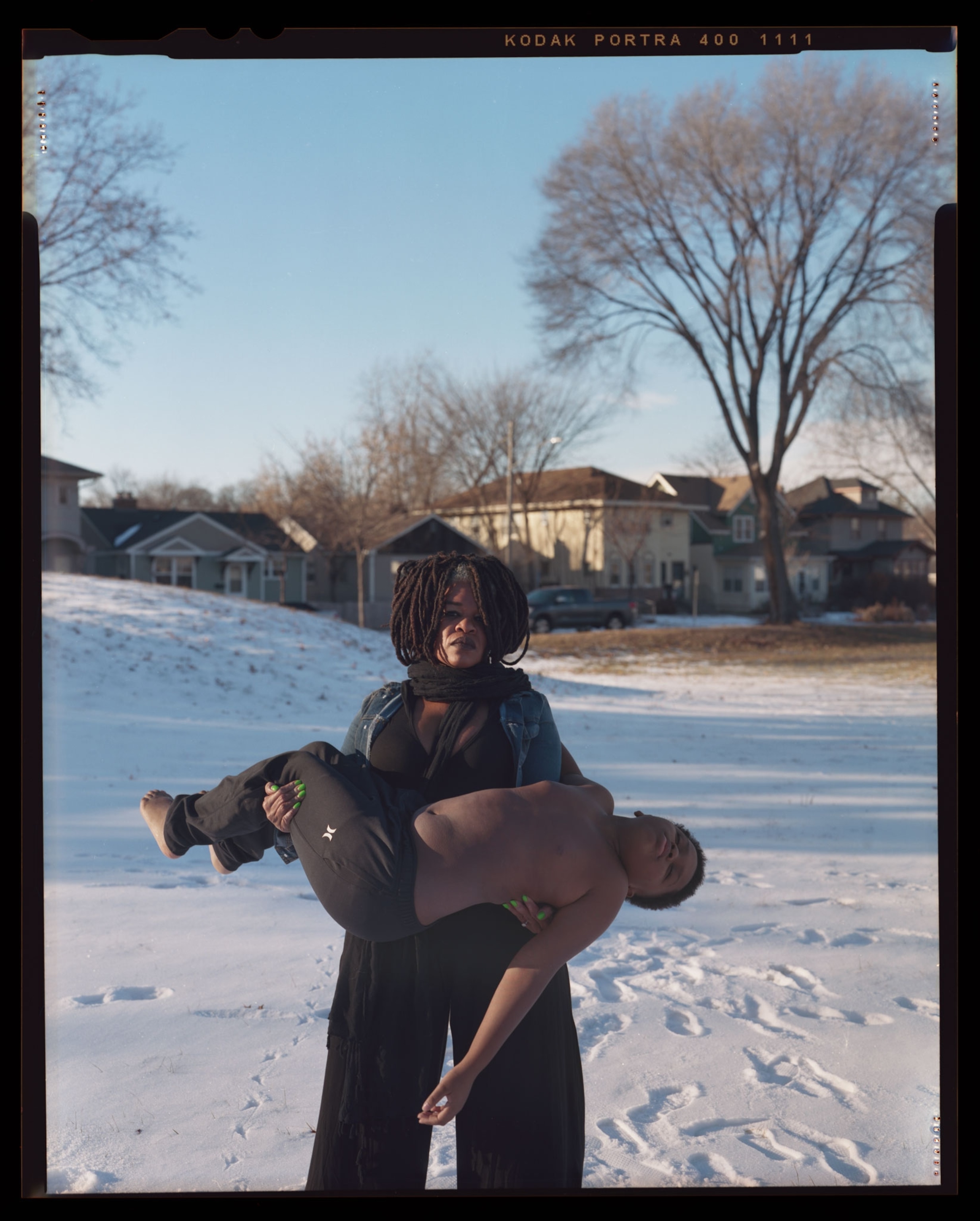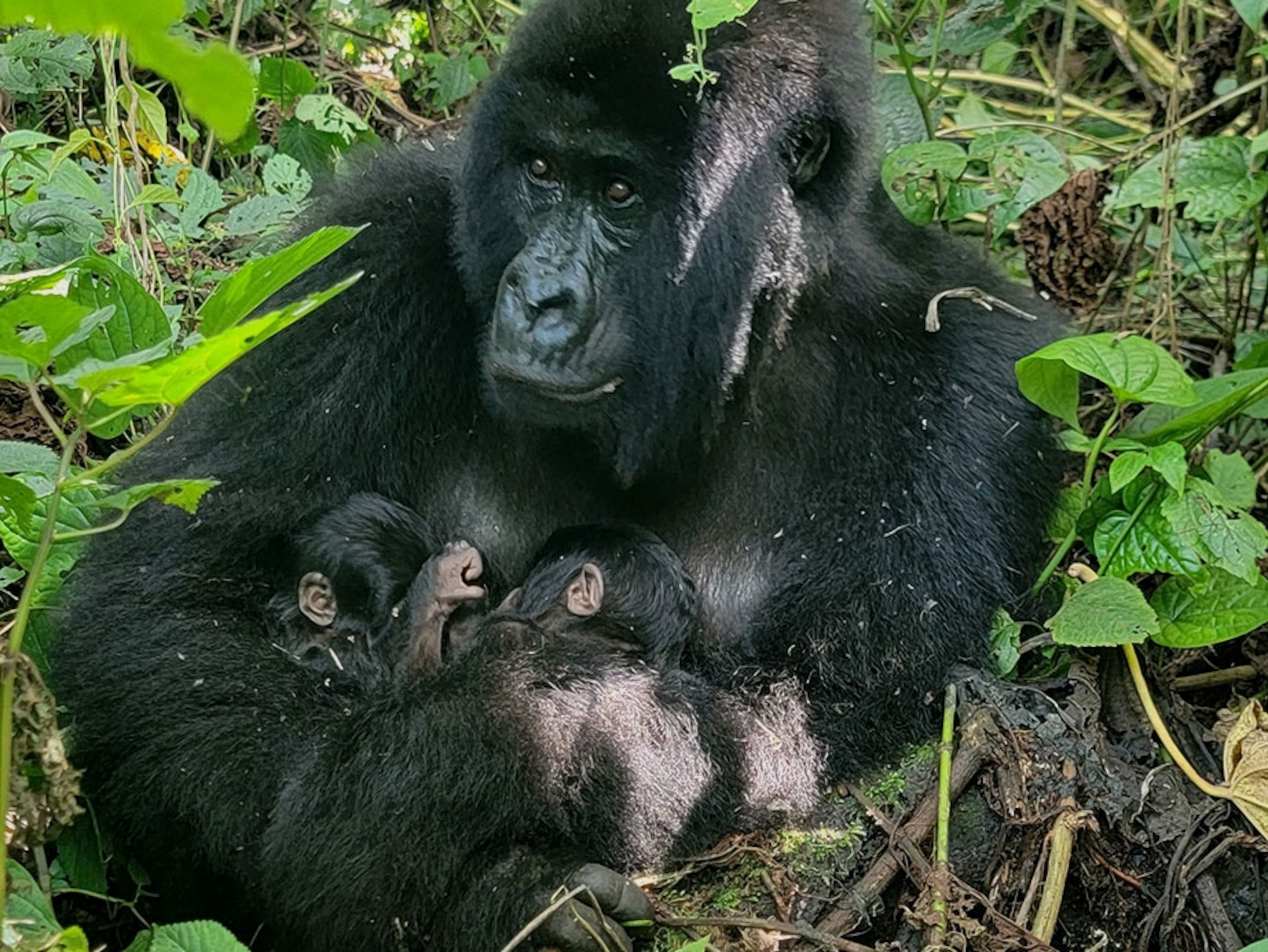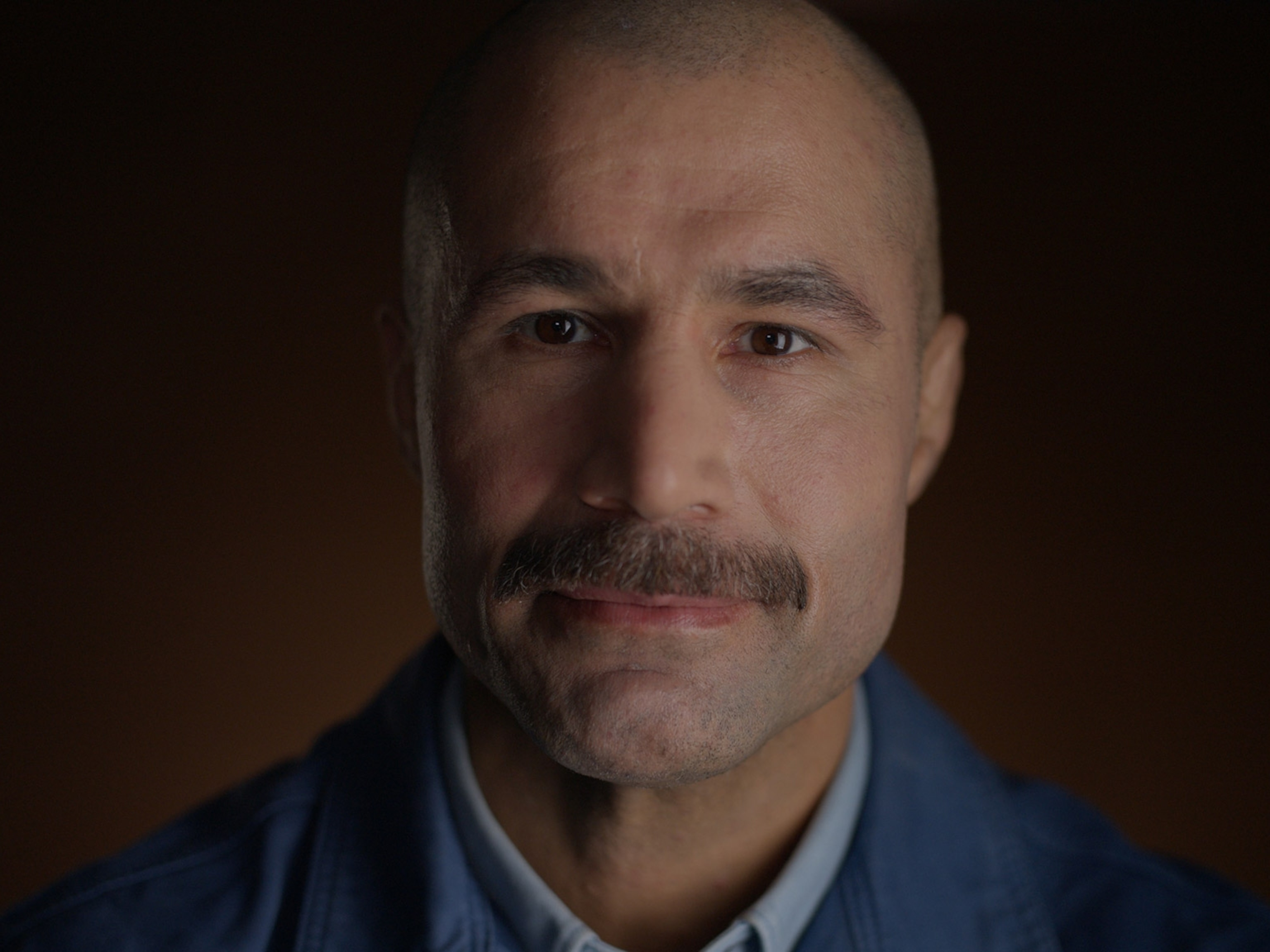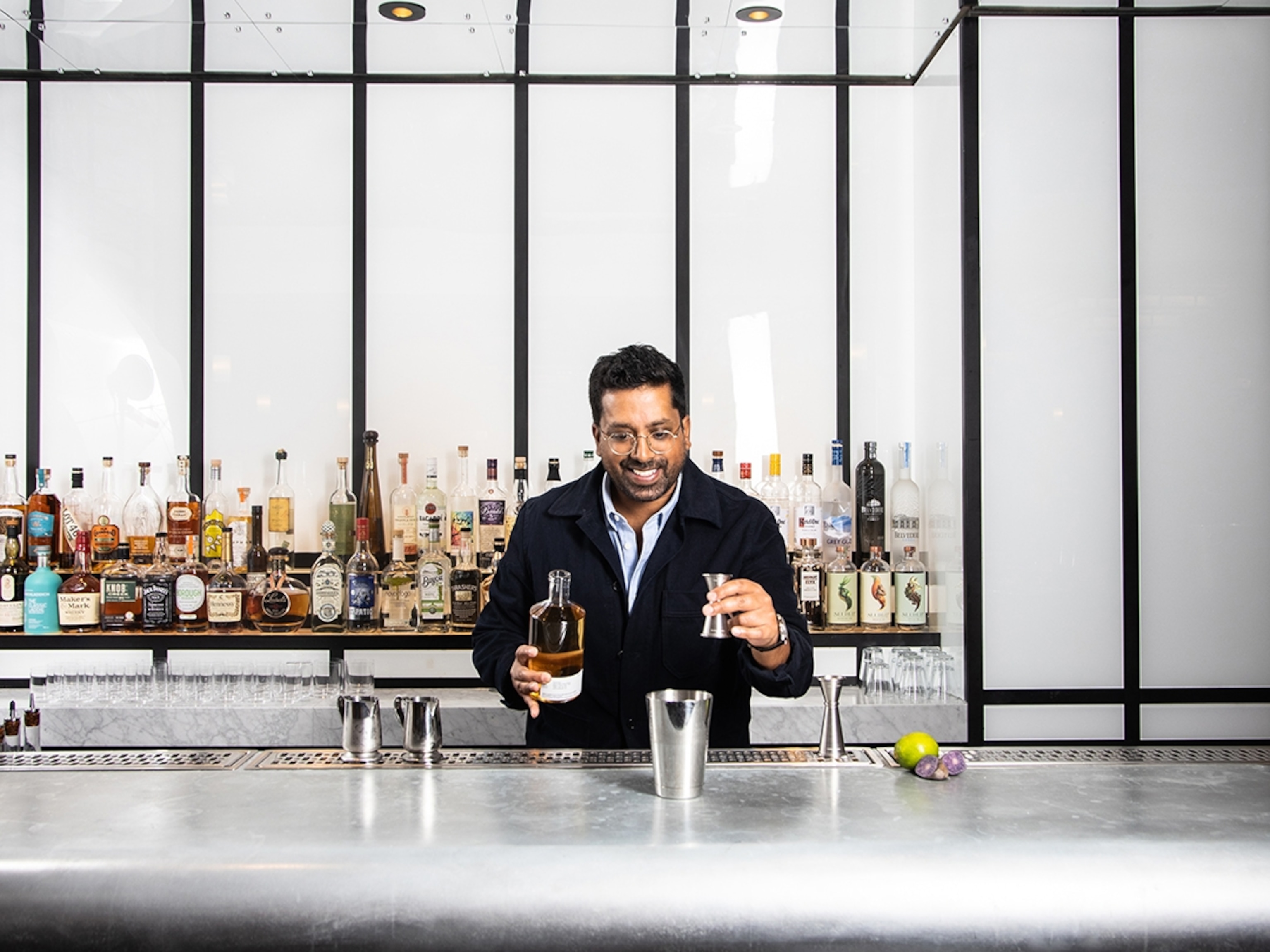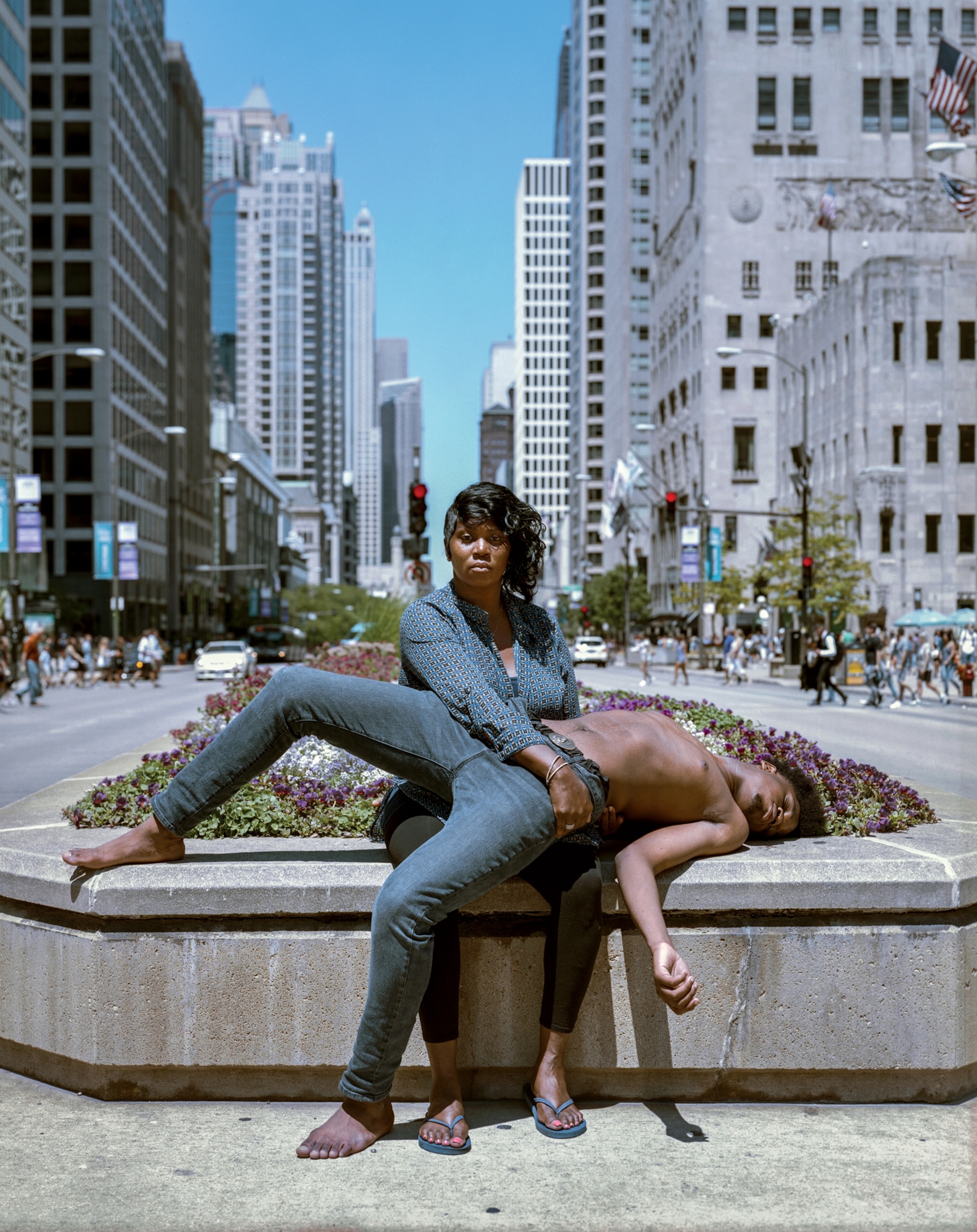
There is a demand put upon you with “Stranger Fruit.” That much is clear. The photographs of mothers and sons, of Black bodies—whole and unpierced, yet still Christ-like in death—do not gently plead with viewers any more than street protesters merely invite police to change. These are Black mothers, sitting, standing, kneeling with their lifeless sons, staring straight at the camera, straight at the viewer, straight at the nation, commanding your attention, and it costs you dearly to see them. But it costs more to look away.
“What we’re experiencing now is just this series of reliving these traumas as far as the African-American community,” says Brooklyn-based visual artist Jon Henry. His “Stranger Fruit” exhibition is based on police killings of Black people. It draws on the song “Strange Fruit,” Nina Simone’s interpretation of the Billie Holiday requiem for lynched bodies “swinging in the Southern breeze, strange fruit hanging from the poplar trees.” It compels you to consider the grief of families and communities left on their own and trying to move on. “It’s difficult to keep living these over and over again, sort of like a perverse Groundhog Day where these murders just keep on happening,” Henry says.
The images of real mothers and their real sons do not depict real death. Rather, they capture the constancy and ubiquity of that fear—the ringing in our Black mothers’ ears that never goes away. It is knowing that the police can kill us for the smallest thing or, Henry says, “for absolutely nothing.”
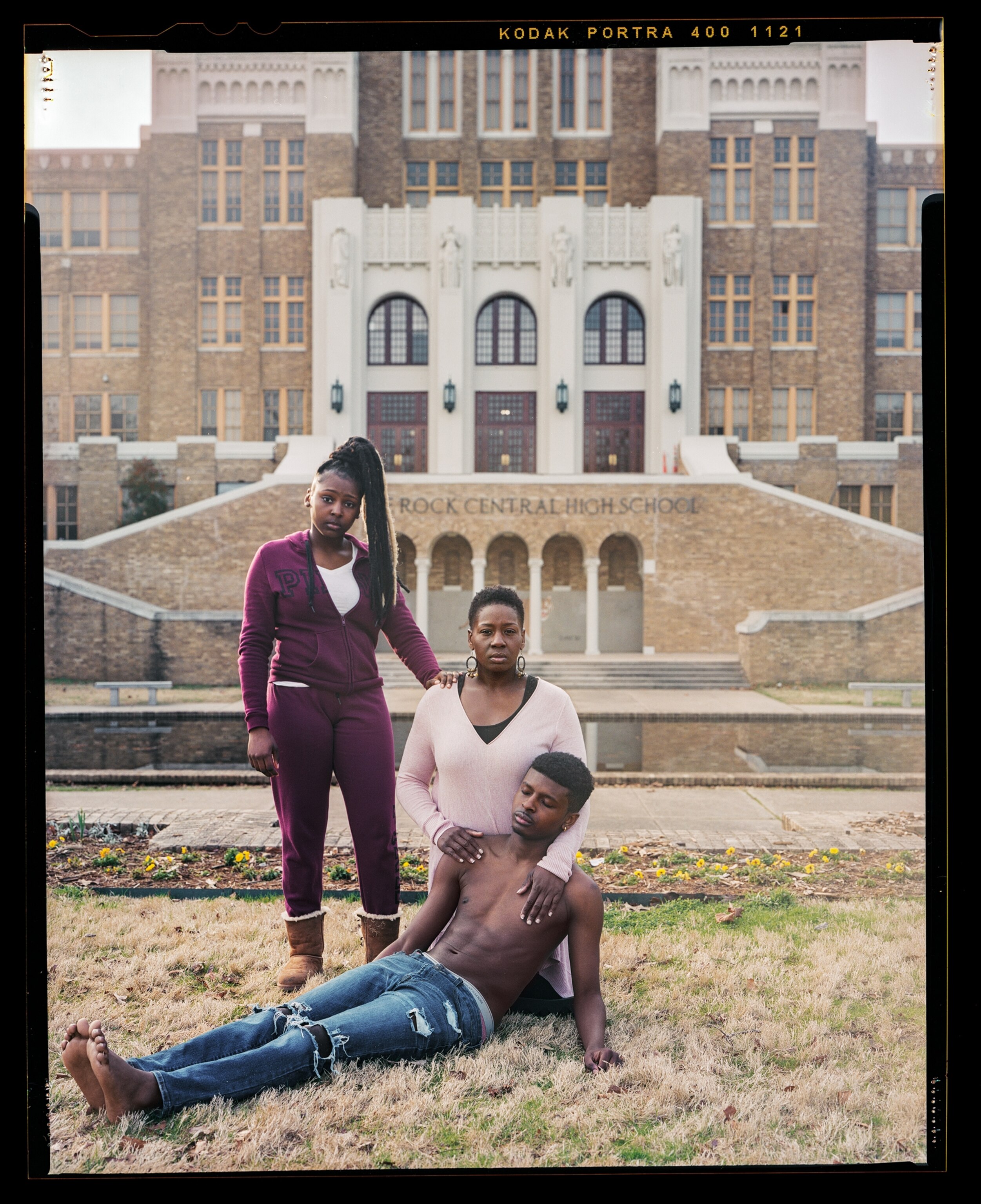
I feel sad, sad that mothers actually have to go through this ... My son was able to get up and put back on his clothes. Others, not so much.Jon Henry asked the mothers he photographed to reflect on these scenes and their sons.
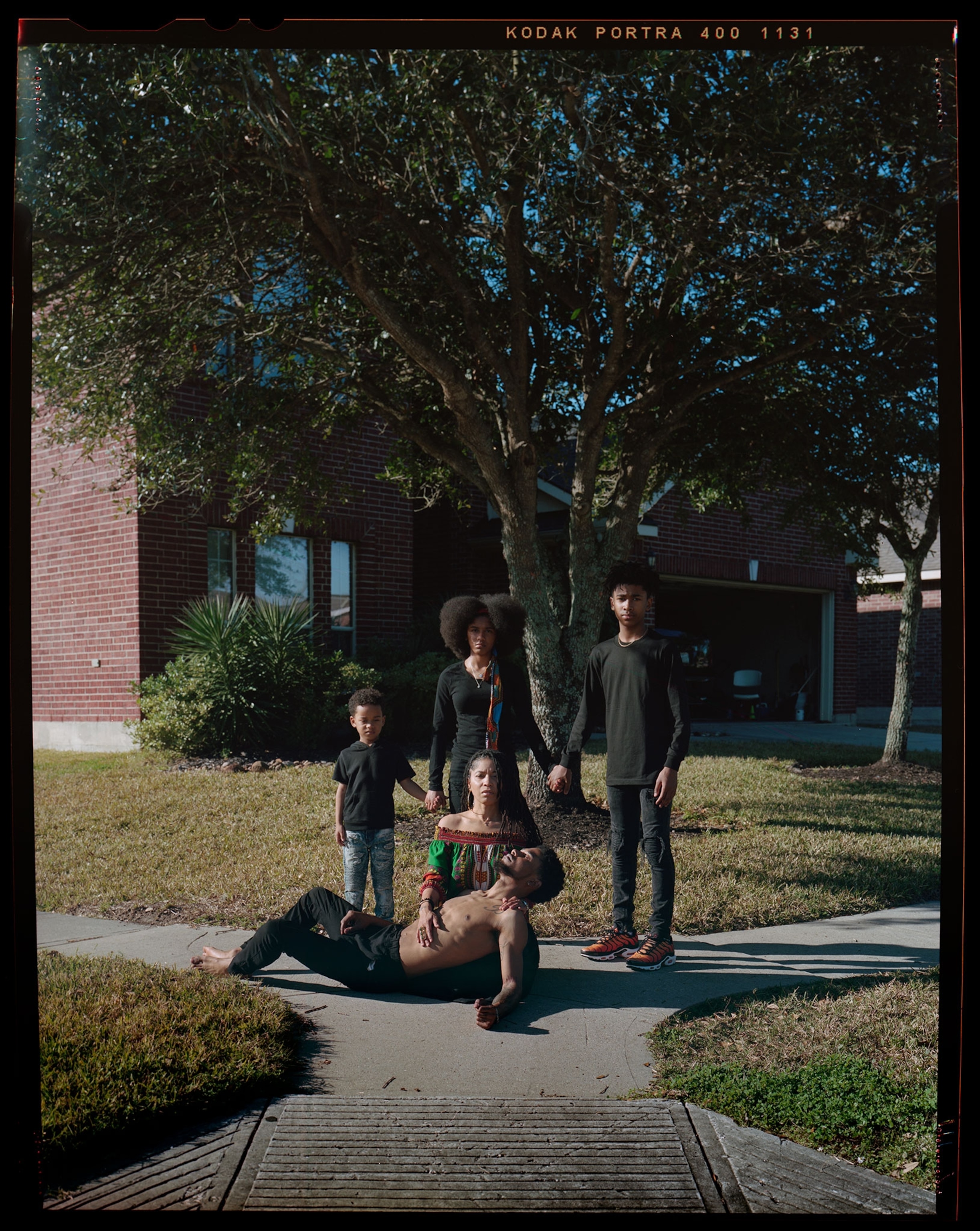
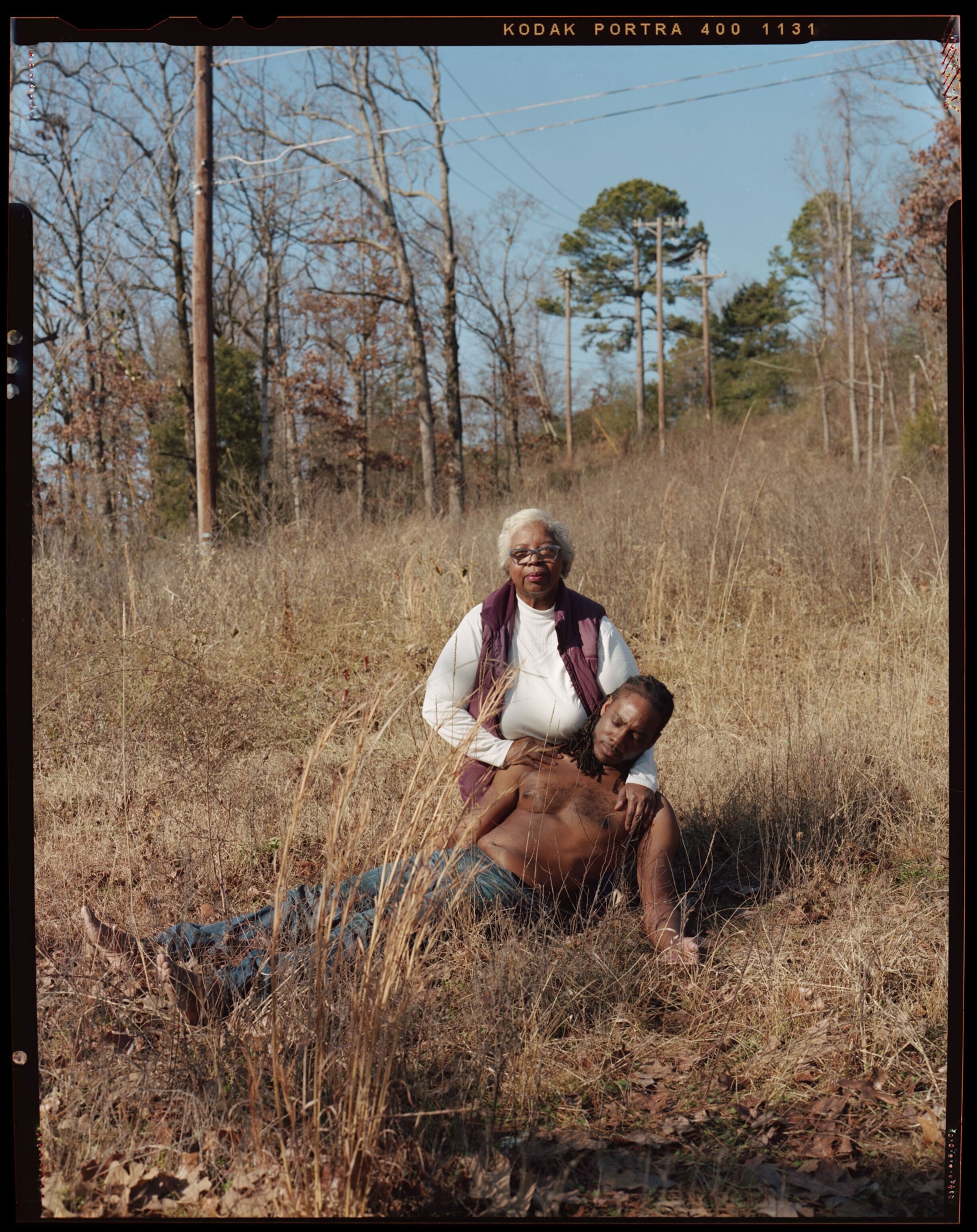
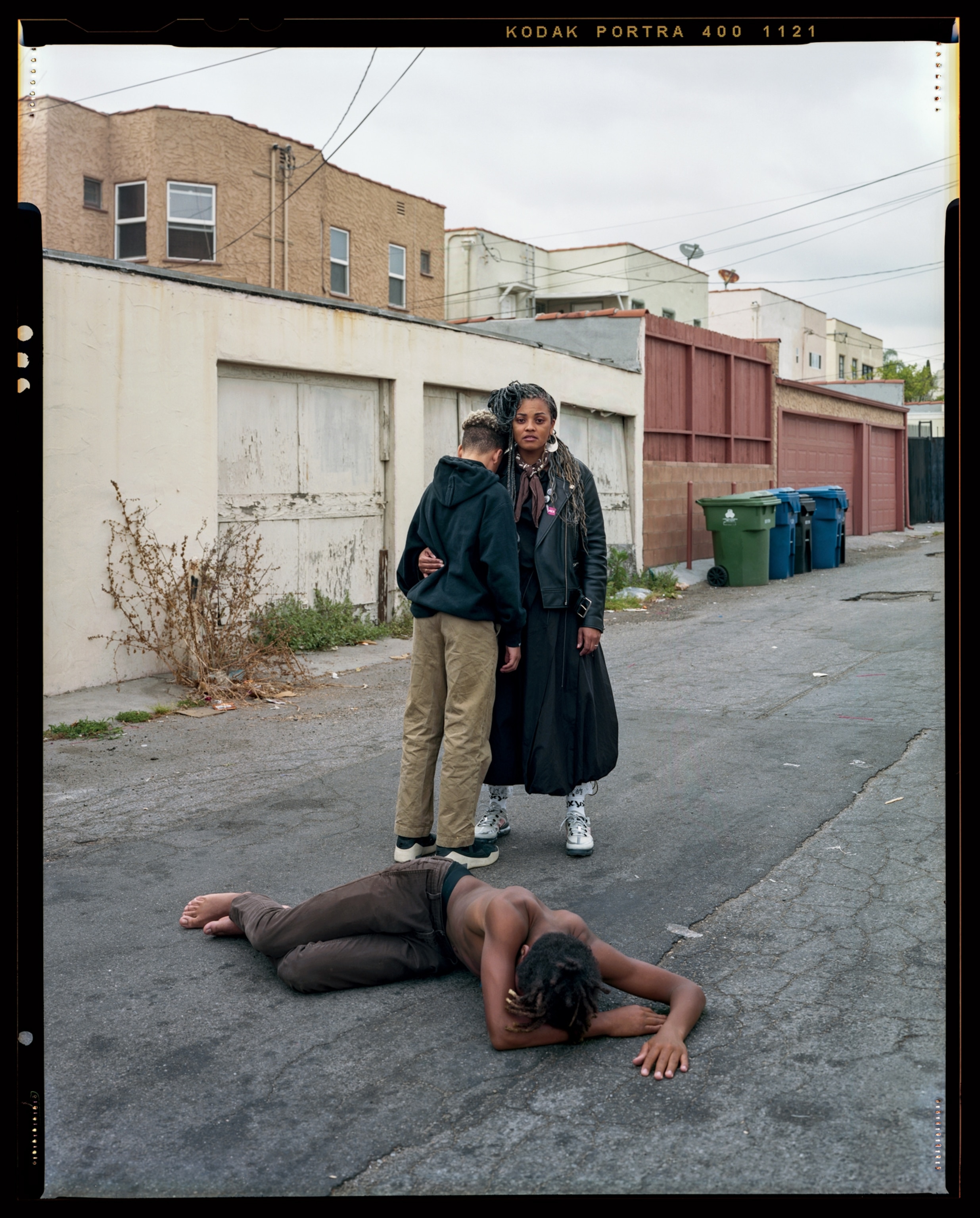
They are still mentally frozen in that position, that sadness, that brokenness. I feel guilty to be relieved that it’s just a picture because for others it’s reality.
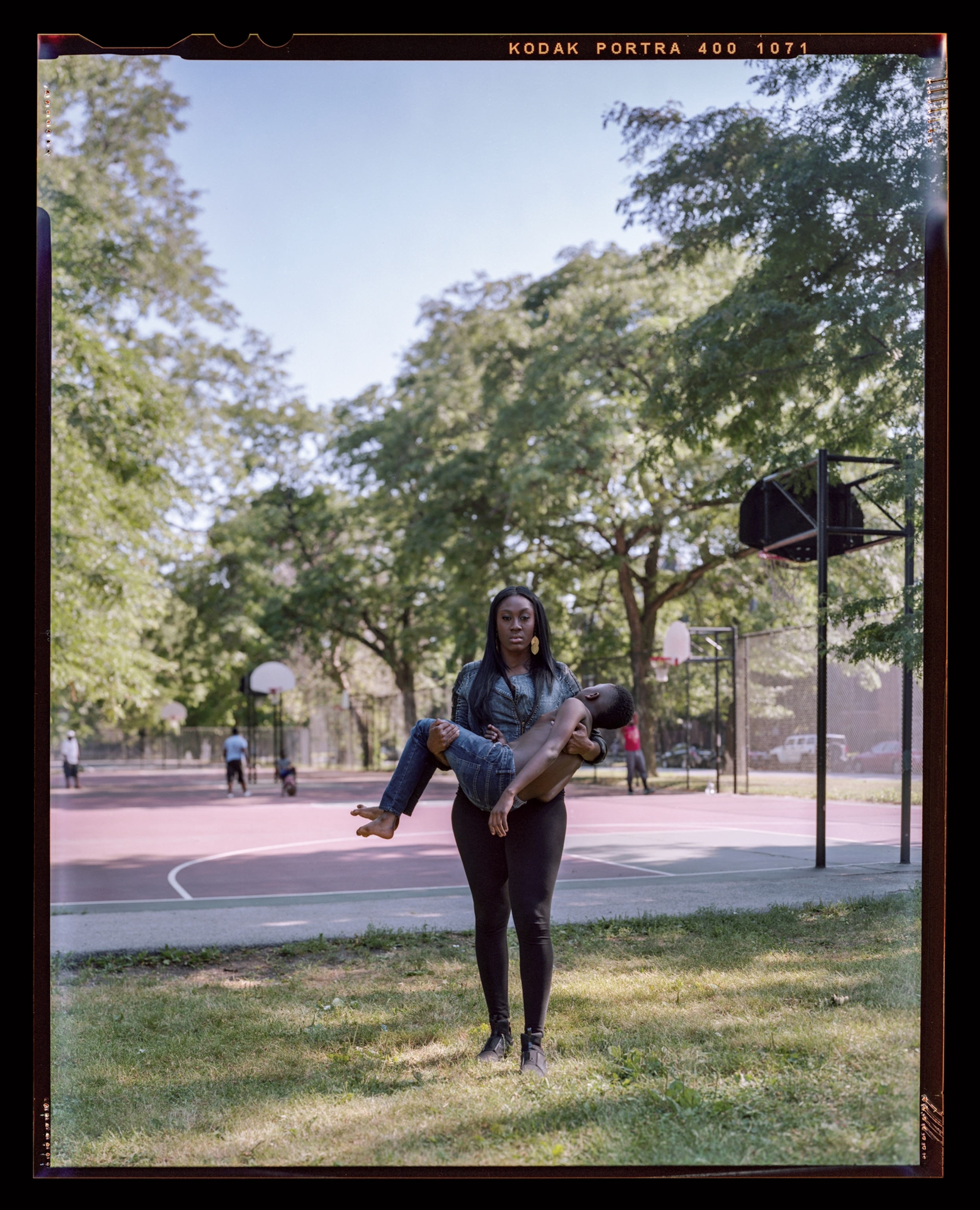
The mothers are seen with their sons of varying ages, posed in the classic pietà, a grieving Mary holding the dead body of Christ. The photos are shot in big cities and other places where you can see a motionless Black body without visible trauma and believe that the person is dead. These places, you understand, are complicit in what you are seeing. Henry, who for 15 years worked as a sexton in Queens, says this project was inspired by Christian iconography and memories of his mother’s incessant worry as he was growing up. Stepping outside always brought exhortations to her only child to be careful, to stay safe, to make it back home.
Henry began photographing for the project in 2014. He traces its origins to 2006, when New York police officers shot and killed Sean Bell on his wedding day (three later were acquitted)—and even earlier, to 1991 and the police beating of Los Angeles motorist Rodney King. In the wake of the police killing of George Floyd, who called out to his late mother as he died, Henry’s images seem prescient. But that would be true any time you travel back into the gaping maw of America, which decided early that Black bodies are expendable and Black lives matter only to their mothers, which is a way of saying the same thing.
Henry emailed the images to the mothers along with a questionnaire about their thinking before and after the photos were taken and how they approach this topic of death with their sons. Some of their anonymous responses became part of the project:
I see my sons and am in awe of the men they are becoming.
I see how much I love them and am excited for their futures.
I, however, feel very worried with the broader future that is at hand.
It is the Black mothers who know America best through the bodies of the sons they hold in their arms. It is the Black mother’s gaze that implicates the nation and demands that it change.
I feel scared, I feel next. I feel like [my son’s name] could be the next hashtag.
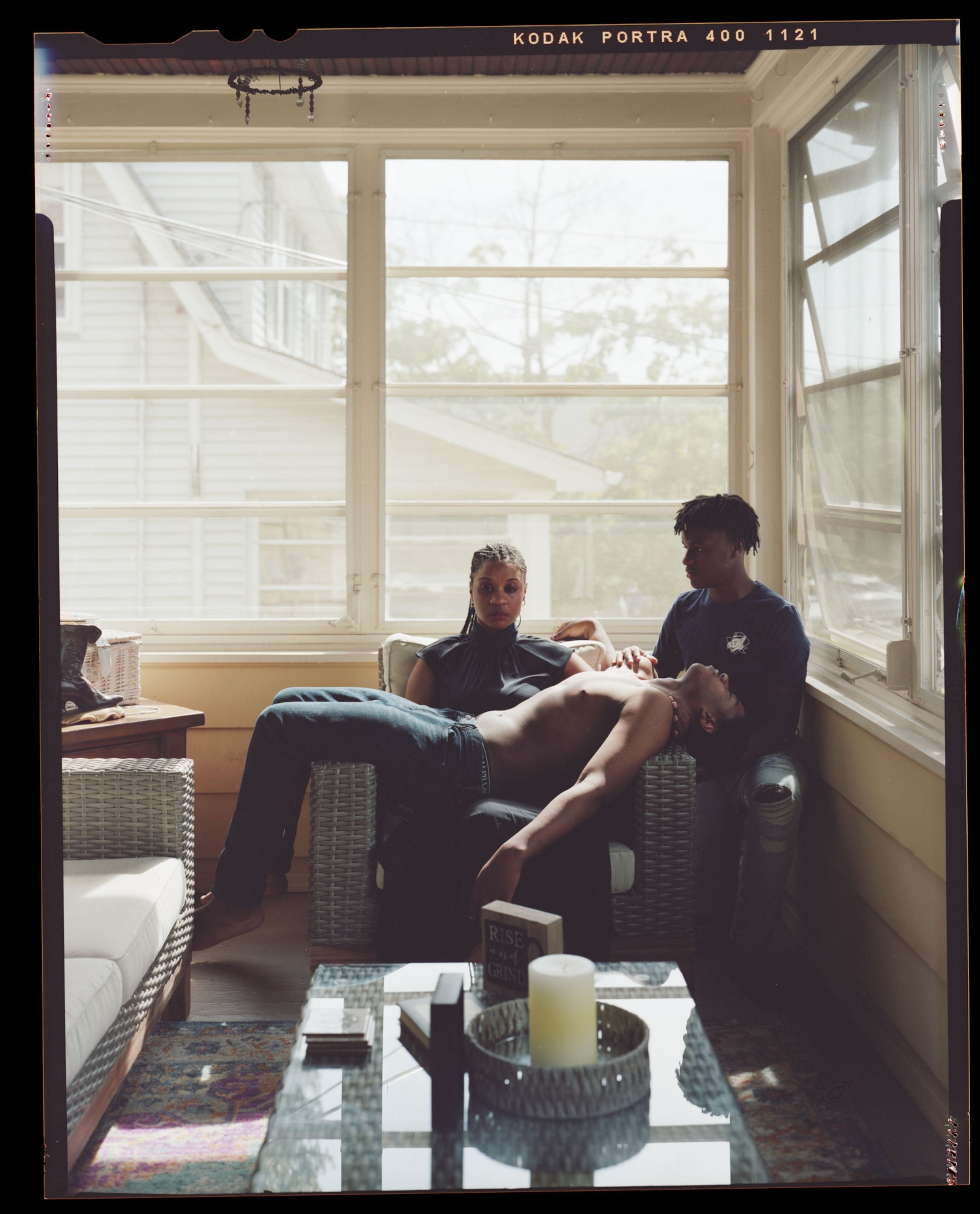
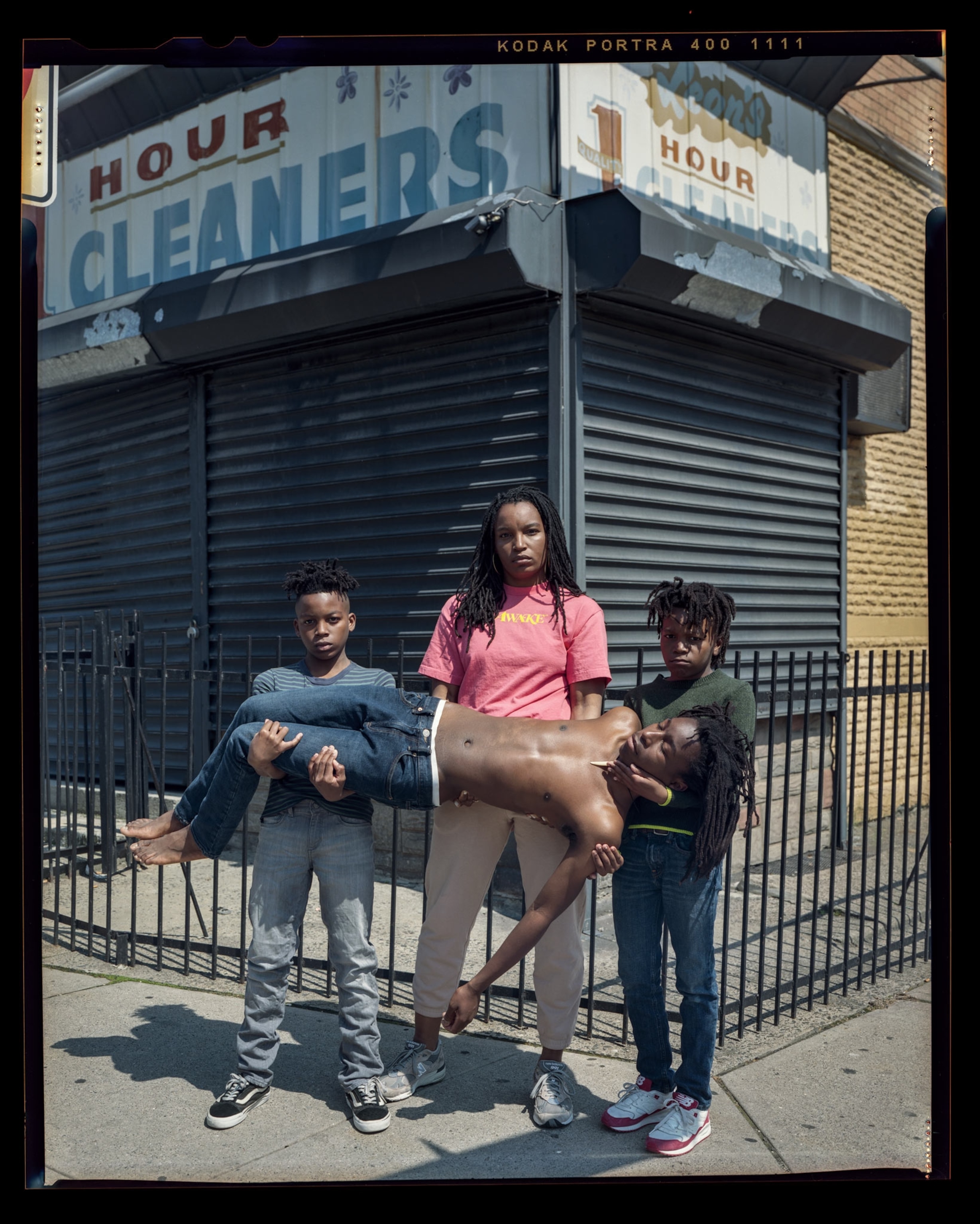

As I was gradually pulled into the scene and told about the pose, it began to make me think of the daily thoughts I have about my son. I have thoughts of love, change, determination, growth, and encouragement. I also have concerns regarding his health and safety ... There needs to be immediate attention to stop the killing of Black males and suffering of mothers.
